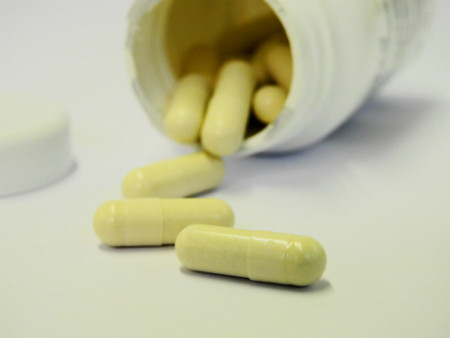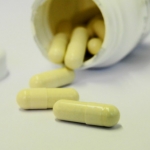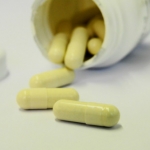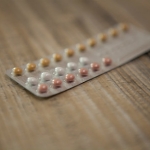Many patients ask questions about generic medications, wondering how they differ and if they’re as safe and as effective as the more expensive brand name versions. To better understand this concept, we’ll discuss an example.
Many patients have heard of the medication, Prozac, a selective serotonin reuptake inhibitor antidepressant, generically known as fluoxetine. The company, Eli Lilly & Co., researched and developed this medication, which received Food and Drug Administration (FDA) approval in 1987. Eli Lilly was allowed to be the sole manufacturer until the patent for Prozac expired in 2001, at which point other drug manufacturers were able to apply to the FDA to be able to sell generic versions of this medication. Because the manufacturers of generic medications did not have the initial start up costs of researching, developing, and marketing the medication, they are able to sell fluoxetine more cheaply. One example of a company which produces generic fluoxetine is Teva Pharmaceuticals Industries, which was granted FDA approval for fluoxetine in January of 2002.
Companies producing generic versions of medication, such as Teva, must demonstrate to the FDA that their product has the same active ingredient, in this case fluoxetine hydrochloride, dosage, efficacy, performance, and strength of Prozac. The fluoxetine hydrochloride product they produce must also be cleared by the body in the same method and time frame as the brand name product; the risks and benefits also need to be the same.
While the active ingredient is the same, generic medications may have different inactive ingredients. Generic fluoxetine will look different from brand-name Prozac because the FDA does not allow generic medications to look identical to brand-name versions. For example, the 20mg pulvule (capsule) by Eli Lilly has an opaque green cap and off-white body, while generic fluoxetine capsules comes in various colors including blue, green and white, green and purple, and blue and turquoise, for example.
The vast majority of patients will be able to take generic medications without difficulty and without any noticeable change in effectiveness or side effects. Occasionally, patients notice a difference between a generic version and a brand name version or sometimes between generic medications by different manufacturers. These may be due to differences in the inactive ingredients, fillers, or binders.
All generic medications must meet the same manufacturing standards as brand-name medications and the FDA makes thousands of inspections per year to manufacturing companies producing brand-name and/ or generic medications to ensure that guide lines are being met. Generic medications are a safe and cost effective treatment option and should be considered first line, when a generic version of the medication is available.
Betty Wang, MD
http://www.fda.gov/Drugs/EmergencyPreparedness/BioterrorismandDrugPreparedness/ucm134451.htm








Leave A Comment